澜花语岸-股票多久才能买入成功
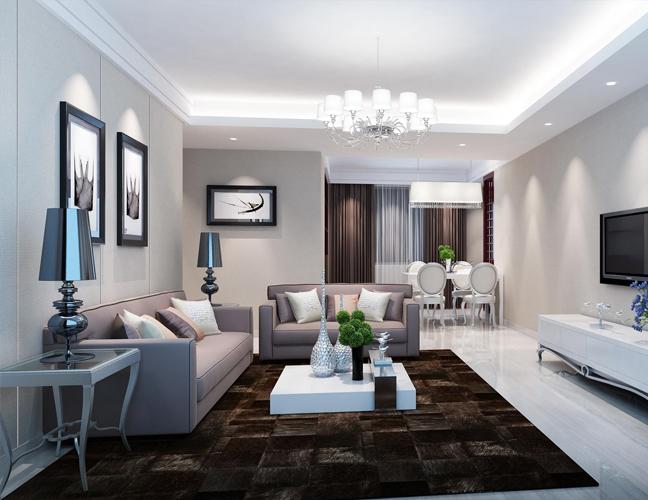
2023年10月10日发(作者:湛贲)
大栅栏:(dàshílànr)是北京市前门外一条著名的商业街。现也泛指大栅栏街及廊房头
条、粮食店街、煤市街在内的一个地片。大栅栏地处古老北京中心地段,是南中轴线的一个
重要组成部分,位于天安门广场以南,前门大街西侧,从东口至西口全长275米。自1420
年(明朝永乐十八年)以来,经过500多年的沿革,逐渐发展成为店铺林立的商业街了。在大
栅栏分布着11个行业的36家商店。
复原民国初期风貌,大栅栏已有500多年的历史,曾经就是一个繁华的商业区。兴起于
元代,建立于明朝,从清代开始繁盛至今。1900年义和团曾一把火将整条街付之一炬,重
建后依旧繁华。据中国社会科学院考古研究所专家徐萍芳介绍,此次复原以民国初期风貌为
基础。大栅栏的由来,要追溯到明代孝宗弘治元年。当时,北京有"宵禁",为了防止盗贼隐
藏在大街小巷之内,由朝廷批准,在北京很多街巷道口,建立了木栅栏。
历史起源
大栅栏街原称廊房四条,距今已有近500年的历史。大栅栏夜景栅栏处在古老北京中心
地段,是南中轴线的一个重要组成部分,历史上就是一个繁华的商业区。
据清代《钦定令典事例》中记载,雍正七年批准的外城栅栏440座,乾隆十八年批准的
内城栅栏1919座,皇城内栏196座。大栅栏原是廊房四条,因为这条胡同的栅栏制作出色,
保留长久,而且又大一些,而逐渐为京城所瞩目,所以,大栅栏就成为这条胡同的名称了。
老北京有句顺口溜叫"看玩意上天桥,买东西到大栅栏。""头顶马聚元,脚踩内联升,身穿
八大祥,腰缠四大恒"说的都是早年间大栅栏的地位和繁华景象。
大栅栏的设置在明代就有了,明孝宗弘治元年(1488年)就下令在北京城内大街曲巷设
立栅栏,并派士兵把守,以防盗贼。到了清代,这里已成为主要的商业中心,因为买卖多,
为了能够有效地防止盗贼,栅栏建得比其他地方都大,也都好看,所以才叫"大栅栏"。
明张竹坡《京师五城坊巷胡同集》中并未收载"大栅栏"这个地名,在前门外路西只有廊
房头条、廊房二条、廊房三条和廊房四条,其中的廊房四条就位于大栅栏的位置,可见在明
朝还没有栅栏这个地名。而所谓的"廊房"指的就是用于临街经营的店面房,由此可见,在明
朝虽然没有大栅栏这个地名,但大栅栏所在的位置就已经是一处商贾云集的繁华商业区了。
明弘治元年,为治理京师社会治安,在北京各条街巷门口,设置了木质栅栏,栅栏由所在地
点居民出资修建,从此以后直到清朝末年在北京的街道上共修建了一千七百多座栅栏。其中
廊房四条的栅栏由商贾出资,格外的大,因而被称为大栅栏,久而久之大栅栏就取代廊坊四
条成为这条街道的正式名称。光绪二十五年大栅栏发生火灾,木质栅栏被烧毁,从此以后大
栅栏只存其名,直到2000年北京市政府又在大栅栏街口修建了铁艺栅栏,真正的栅栏才又
回到大栅栏。
发展现状
大栅栏位于天安门广场以南,前门大街西侧,从东口至西口全长275米。自明朝永乐十
八年(1420年)以来,经过500多年的沿革,逐渐发展成为店铺林立的商业街了。在这条街
上,分布着11个行业的36家商店,平均客流量15-16万人,节假日20多万人。国内提起
北京前门大栅栏几乎无人不晓,就是在国际上也很有名气,可以说是闻名遐迩。在历史上,
虽有沉浮,但这条古老的商业街之所以能经受580多年的历史风雨而不败,自有它独特的地
方。
如今,除了喧嚣一切都已改变,大栅栏在清除了封建糟粕后,出现的是一片商业街的景
象,除了旧址老房的北京丝绸商店、瑞蚨祥绸布店、内联升鞋店、六必居酱菜店、荣宝斋文
房四宝还徐徐透出百年的光泽之外,同仁堂、张一元茶庄、长春今昔对比堂、月盛斋熟肉店
都已经门庭更新了;诸多外来的风味饮食也各据一方,形成了新型的饮食文化特色。但由于
北京整体商业环境的提升,零售业的重心早已不在前门地区,大栅栏的商业地位也日趋衰落,
大栅栏的商户,除了部分老字号,大多品质较低,商品质量和商品价格都很低,而且在街面
上不乏进行诈骗、敲诈的不法之徒。
大栅栏成了商业中心以后,一些著名的老字号相继开设于此。明代即有已开业的六必居
酱园;清代康熙年间开业的著名国药店同仁堂;嘉庆年间开业的马聚元帽店、内联升鞋店,以
及后来拥有四个门面的八大祥之一--瑞蚨祥绸缎皮货庄等。
吃喝有长盛魁干果店、张一元文记茶庄、厚德福饭庄、全聚德等;娱乐则有庆乐园、三
庆园、广德楼等。这里还有民国初年开业的北京第一家电影院--大观楼电影院。中国首部电
影《定军山》就是在这里上映的。大栅栏街区至今保存着明末清初的"三纵九横"的格局,"
三纵"指的是煤市街、珠宝市街以及粮食店街;"九横"指的是大栅栏的九条东西向的胡同。
商号
作为一个有着数百年历史的老商业街,在大栅栏有不少国内外闻名的老字号,如经营中
药的同仁堂,经营布匹绸缎的瑞蚨祥,经营帽子的马聚元,经营布鞋的内联升,经营茶叶的
张一元,经营酱菜的六必居,此外还有一品斋、步瀛斋、聚顺和、长乘魁等都是拥有百年历
史的老字号。曾经在京城流传顺口溜"头顶马聚源,脚踩内联升,身穿八大祥,腰缠四大恒"
以此作为有身份有地位的象征,其中提到的马聚源、内联升、八大祥、四大恒都是大栅栏的
商户银号。
除了商号,大栅栏还曾经是京城的一处娱乐中心,历史上曾经有过五个大戏楼:庆乐园、
三庆园、广德楼、广和园、同乐园;北京历史上最早的一座电影院大观楼也是坐落在大栅栏
的。
老字号
8家老字号占营业面积1/4,其重点老字号店铺有同仁堂、张一元、内联升、瑞蚨祥、
步瀛斋、大观楼、狗不理、张小泉8家,占整条街店铺总数的14.3这8家老字号企业营业
面积占整条街总营业面积的27.7%,年销售额(营业收入)约占整条街总营业收入的75%。
为了奥运会在北京的召开,大栅栏众商家挖空心思开发出了各种特色商品和奥运特殊服
务。内联升为顾客定制一双鞋通常需要两周到1个月时间,奥运会期间,内联升将采取加急
等措施,让游客能够穿着"量脚定制"的鞋满意而归。同时,内联升还专门为奥运开发了"福
履"套装,将富含中国文化的竹简、如意形状鞋拔、锦袋等传统物品与手工布鞋一起纳入其
中,让布鞋也变得文化味道十足。在奥运会期间,游客来瑞蚨祥定制成衣,一般的定制服装
都可以保证在24小时内成衣。而张一元专门设计了带有京剧脸谱、剪纸、中国古建筑等图
案的5种茶叶包装礼盒,准备在奥运会期间吸引游客。
宣武区政府新闻发言人王永新介绍,作为规划中的4条地铁线路的交汇处,大栅栏地区
周边市政设施发达,交通十分便利。流动商贩禁入大栅栏,以往,不少游客和市民对大栅栏
街两侧的小商品卖家意见很大,走在这条街上,随处可听到喇叭在不停反复播放着促销信息。
记者从宣武区商务局了解到,从政府角度来对入驻大栅栏的商家进行重新定位和引导,设置
大栅栏商家的准入门槛。大栅栏有了准入门槛后,一方面可以防止一些不入流的小商贩进入,
另一方面也可以提高整条街的经营档次。
Walk south along the Qianmen Street for about 290 meters and turn right
on to Dashilan Commercial Street. The Liubiju Pickles Store is located
on the Liangshidian Hutong on your left side. The store started its
business from 1530 and during the 400 years, it has focused on one product,
pickles. 50 meters south to the Liubiju store is the 200-year-old Zhonghe
Theater. Many famous actors performed here in ancient days, and now
visitors can still appreciate some traditional theatrical pieces, such
as Pecking Opera, storytelling and some other kinds of folk art
performances while enjoying a cup of fragrant tea.
Walk north along the street and pass by the entrance of Dashilan
Commercial Street, you will find a very narrow alley between two shops,
the Qianshi Hutong. With a width of 70 cm, it is the narrowest hutong in
Beiing. This hutong was a money exchange money and jewelry trade in ancient
days. The business men built this narrow Hutong to prevent thieves, and
in case they were stolen, the thieves can be easily blocked in this narrow
alley. Then walk back to the Dashilan Business Street to visit the
well-known stores one by one. The first we suggest is Ruifuxiang Silk Store.
Located at the No. 5, Dashilan Business Street, this store is over 100
years old. The first national flag of PRC was produced by Ruifuxiang.
Tailor-making is the characteristics of Ruifuxiang. If you are interested
in Chinese traditional clothing, you can customize your own clothes there.
Continue to walk west to Zhangyiyuan Tea Store, where you can find all
kinds of high quality tea. No. 24 is the well-known medicine store
Tongrentang. With a long history of 330 years, Tongrentang is still the
first choice for buying traditional Chinese medicine due to its good
quality and satisfying curative effect. No. 36 is Neiliansheng Cloth
Shoe-sole Store, which was opened in 1853 to tailor-make cloth boots for
the royal families and officials in the Qing Dynasty (1644 - 1911). Later
Neiliansheng extended the range to cloth shoes of women, child and
ordinary people, as well as all kinds of leather shoes. The cloth shoes
are light, comfortable and of good breathability, so you are recommended
to try one. No. 36 is the Daguanlou Theater, the memorial place of the
naissance of China movies, and also a good place to recapture the course
of China movie. Although Daguanlou can not be compared with some modern
cinemas in the city, this remains unshakable to the locals as it reminds
them old times and their childhood. Now, the Daguanlou Theater is also
a well-known tourist resort.
About
Dashilan Street was a commercial center of Beijing more than five hundred and eighty years ago.
The name Dashilan comes from the large gates built at either end of the street during the Qing
Dynasty to prevent street crime at night and as a safeguard against riots by the local Han people
against the Qing. The fences built here were quite peculiar and remained for a long time. In 1900,
the entire street was burnt to the ground during the Boxer uprising before it again prospered from
returning merchants.
Dashilan is situated on south of Tiananmen Square, west of Qianmen Dajie, where many
century-old shops and restaurants are located. Here you can also purchase some traditional
handcrafts. Bargaining is always needed. The old shops and small stalls located here are
frequented by Beijingers.
Looking from the eastern end of the street, one might be misled by the two-storey facade and
elaborately carved Baroque style pillars of a shop called is actually a
100-year-old Chinese silk and fabric store. This store provides an excellent tailor service at a
reasonable price and also has ready made clothes.
A stone's throw to the west is Zhangyiyuan Teahouse. In olden times, tea drinkers would bicycle
tens of kilometers just to buy a pack of tea there. If you are a tea lover, this is the place to find the
finest tea from a variety of types such as: green tea, black tea, mint tea, jasmine tea,
chrysanthemum tea and medicinal tea.
If there is one thing Chinese take more seriously than tea drinking it is health care, as may be seen
from the three-storey Tongrentang Pharmacy which dwarfs other buildings in the vicinity. Even if
you are in perfect health, you may still benefit from the magical effects of such tonics and
remedies as pearl cream, ox gallstone pills and other elaborate concoctions once made for the
Imperial court.
An old Beijing saying states: "A man is half poor without wearing good shoes". Two doors down
from Tongrentang, Neiansheng Shoe Store is still making and selling their "thousand-layer cloth
shoes" which are favored by old timers in Beijing.
Across the street is one of the oldest opera houses in Beijing: Guangdelou. It opened in the late
18th century, around the same time the Paris Opera House and Moscow's Grand Opera House
were completed. Apart from its long history, it was once famous for the performance of Peking
Opera masters and famous actors. Today, the old operas are rarely performed in their entirety but
rather as compilations of selected scenes. For foreigners and Chinese alike, the most fascinating
part of Peking Opera is the resounding style of singing, the many masks and the bright, colorful
costumes.
Around
If you have already tried the Peking Duck of Quanjude on Qianmen Dajie, saunter a littlefurther s
outh to find : Duyichu Shaomai which is famous for its seafood and vegetable shaomai(steamed d
umplings); Laozhengxing Shanghai Restaurant where authentic Shanghai food isserved and Gong
delin Vegetarian Restaurant where vegetable and tofu are used to mimic thetaste and appearance o
f meat and seafood dishes.
If you pass through the Xiaojiang Hutong near Duyichu, you may pay a quick visit to YangpingPr
ovincial Guild Opera House. Originally built in the Ming Dynasty and rebuilt on severaloccasions
since, it is now the largest wooden structure opera theater in Beijing. In the old days,its two-storey
structure with sweeping cornices, lofty corridors, painted columns and carvedIslamic window fra
mes must have been an imposing sight to passers by. It is currently closed forrenovations.
Following Zhushi Dajie to the west, you will come to the Jinyang Restaurant and HuguangProvinc
ial Guild at Hufangqiao. Jinyang Restaurant is famous both for being the formerresidence of Ji Xia
olan, a minister of the Qing Dynasty and for the Shanxi style food it serves.
The Grand Opera House of the Huguang Guild Hall at the corner of Zhushi Dajie andNanxinhua Ji
e is another jewel among Beijing's opera houses. Belonging to the provincial guildof Hunan and H
ubei province, it was built around an open courtyard with five other l performances of
Peking Opera and Kunqu Opera are staged in the opera hall onweekends. A huge sculpture of a fo
ur-color Peking Opera facial mask in front of the gateleaves visitors no doubt as to its function.
Making a further detour from Caishikou Dajie, you can zigzag through Yongqing Hutong to theno
rth entrance of Lanman Hutong. Local residents will show you the exact location of HunanProvinc
ial Guild Hall (now the Lanman Hutong Kindergarten) where Mao Zedong stayed briefly.
Walking along the short alley from north to south, you will discover the charm of the red tiles,gree
n eaves and lion shaped gate stones of the rich merchants, the carved brickworksdecorating the wi
ndows and walls of the well-to-do families, and the grey tiles and walls of thehouses of the comm
on people.
ashilan'er (also known as Dazhalan West Street), one of Beijing's oldest commercial
streets has re-opened following intensive renovations that lasted for over one year and cost
93 million RMB. Dashilan'er is located in the Qianmen area, south of Tiananmen Square in the
heart of Beijing. The "new" historic street has retained the traditional appearance of ancient
Chinese buildings. The main Market Street is concentrated with small vendors and ancient
shop fronts, transporting visitors back to a time when this area served as the main hub of
搬家公司找哪家-讲股票的名师

更多推荐
铁艺栅栏


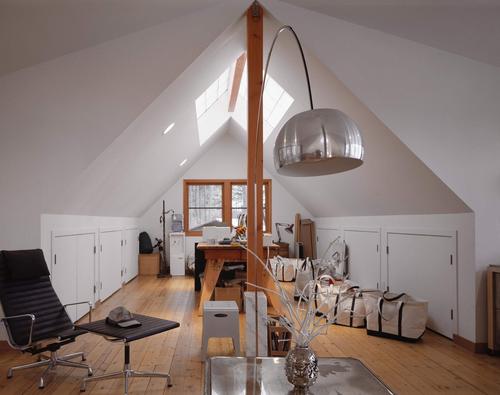
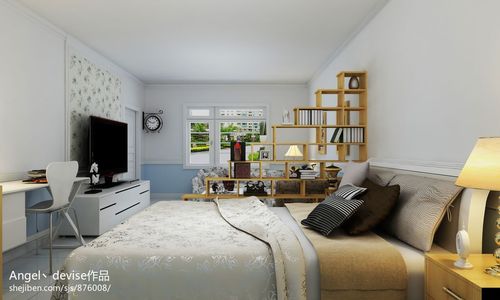
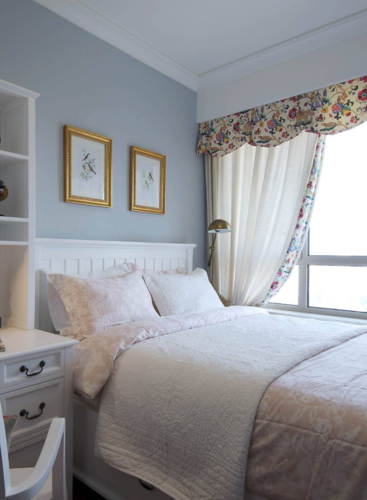
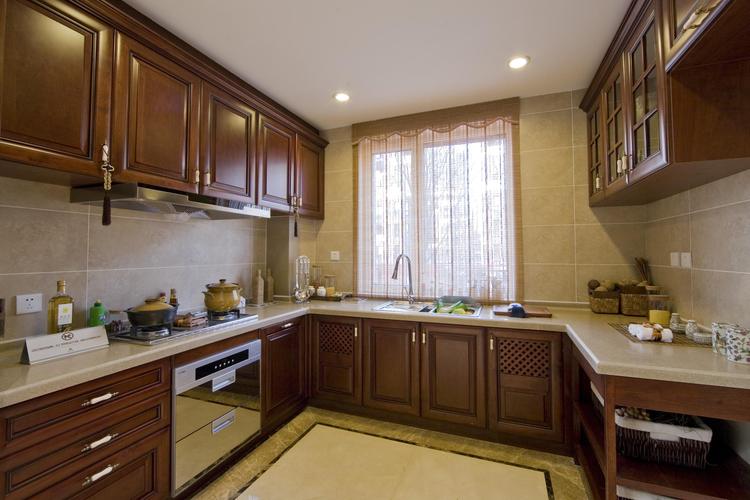
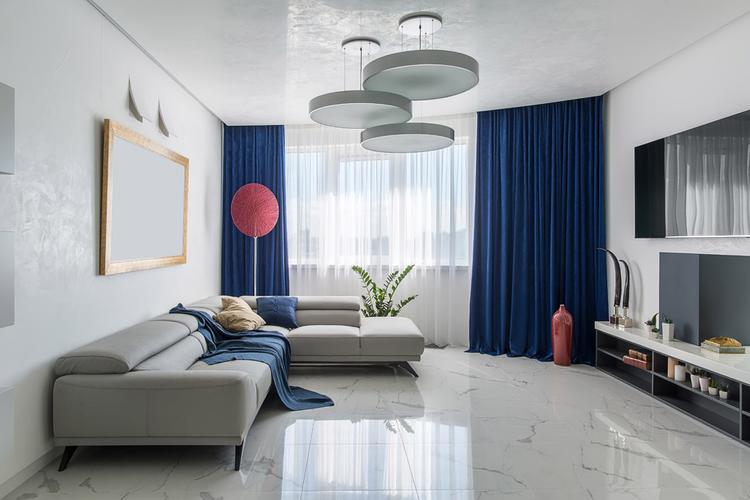
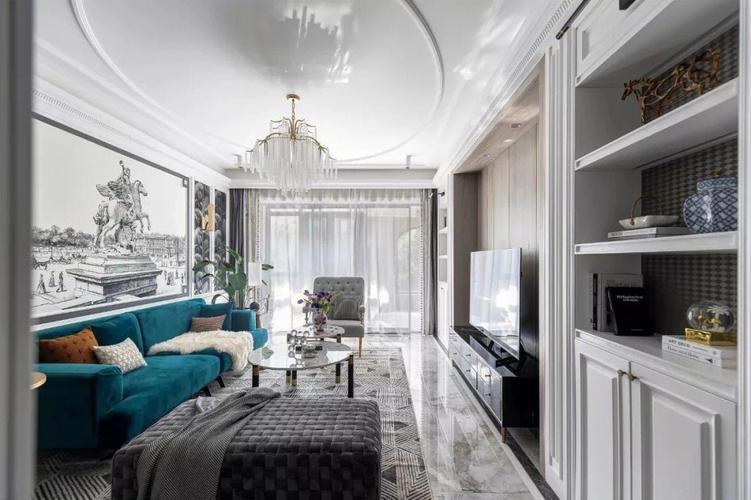
发布评论